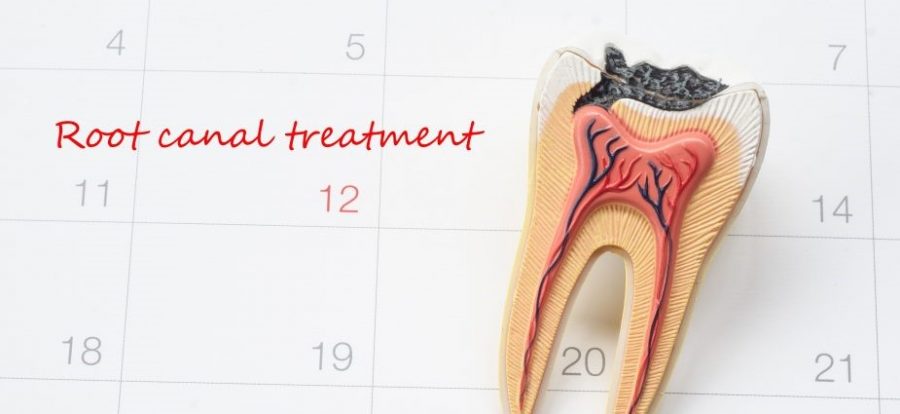If you’ve ever experienced jaw pain, you know just how debilitating it can be. From difficulty eating and speaking to chronic headaches and even neck pain, the impact of a misaligned bite can be far-reaching. But there’s good news: with the advancements in dentistry, bite alignment procedures have become effective for those suffering from jaw pain. Dr Chirag Chamria at Royal Dental Clinics offers bite alignment procedures that can help you achieve a beautiful, healthy smile and eliminate any discomfort. Bite alignment procedures are a type of dental treatment that is designed to correct the alignment of the teeth and jaws. There are several different types of bite alignment procedures, including braces, clear aligners, and surgical procedures.
Understanding the Causes of Jaw Pain
Jaw pain can be caused by a variety of factors, including trauma, arthritis, and dental issues. However, one of the most common causes is a misaligned bite. When your teeth don’t fit together properly, it can put undue stress on your jaw muscles and joints, leading to pain and discomfort. This can also cause a range of other symptoms, such as headaches, neck pain, and even earaches.
If you’re experiencing jaw pain, it’s important to see a dentist or orthodontist to determine the root cause. They may take x-rays or perform other tests to determine if your bite is the issue. Once they’ve identified the problem, they can recommend the best course of treatment to alleviate your symptoms and correct the underlying issue.
Importance of Bite Alignment for Jaw Pain
Bite alignment, also known as occlusion, refers to the way the upper and lower teeth come together when the mouth is closed. When the teeth are properly aligned, the pressure of biting and chewing is distributed evenly across all teeth. This way the jaw joint (temporomandibular joint, or TMJ) is able to function properly.
However, when the bite is misaligned, it can cause stress and strain on the jaw joint, leading to a variety of problems, including jaw pain, headaches, and even tooth damage. In some cases, a misaligned bite can also contribute to the development of temporomandibular joint disorder (TMD).

TMD is a condition that affects the muscles, joints, and nerves of the jaw, causing pain, stiffness, and limited movement. It can also cause clicking or popping sounds when opening and closing the mouth. TMD can be caused by a variety of factors, including injury, arthritis, and teeth grinding, but a misaligned bite is a common underlying factor.
Proper bite alignment is important not only for preventing TMD and jaw pain but also for maintaining good dental health overall. When the teeth are properly aligned, they are easier to clean, reducing the risk of cavities and gum disease.
Diagnosis and Evaluation | Bite Alignment
Diagnosis and evaluation for bite alignment typically involves a comprehensive examination by a dentist or orthodontist. The examination may include the following:
Medical history: The dentist will review your medical history to identify any underlying health conditions or medications that may be contributing to your symptoms.
Clinical exam: The dentist will examine your teeth, jaw, and bite to assess for any abnormalities or signs of wear and tear.
X-rays: X-rays may be taken to evaluate the alignment of the teeth and the position of the jaw.
Dental impressions: Dental impressions may be taken to create a model of your teeth, which can be used to evaluate your bite alignment and plan treatment.
Bite analysis: The dentist may use specialized instruments to measure the force and timing of your bite.
CT or MRI: In some cases, a CT or MRI scan may be ordered to evaluate the position of the jaw joint and identify any abnormalities.
Treatment Options for Bite Alignment
At Royal Dental Clinics, Dr Chirag Chamria offers several treatment options for bite alignment, including braces, clear aligners, and other appliances. The right treatment for you will depend on the severity of your misalignment and your personal preferences. Dr Chamria will work with you to determine the best course of treatment for your needs.
Orthodontic Braces
Braces are a common type of bite alignment treatment. They consist of metal brackets that are attached to the teeth and connected by wires. The wires are tightened periodically to gradually move the teeth into the desired position. Braces can be uncomfortable at first, and patients may need to adjust their diet to avoid hard or sticky foods that could damage the brackets or wires.
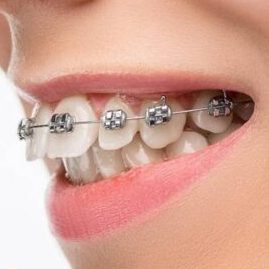
✩ Braces are highly effective for treating severe misalignment.
They can be customized to suit your individual needs.
✩ Braces can help to improve your oral hygiene, as straighter teeth are easier to clean.
Clear Aligners
Clear aligners are an alternative to braces that use a series of custom-made, clear plastic trays to gradually shift the teeth into the desired position. These aligners are removable, making it easier to eat and brush the teeth. They are also less noticeable than braces, which can be a benefit for people who are concerned about their appearance.
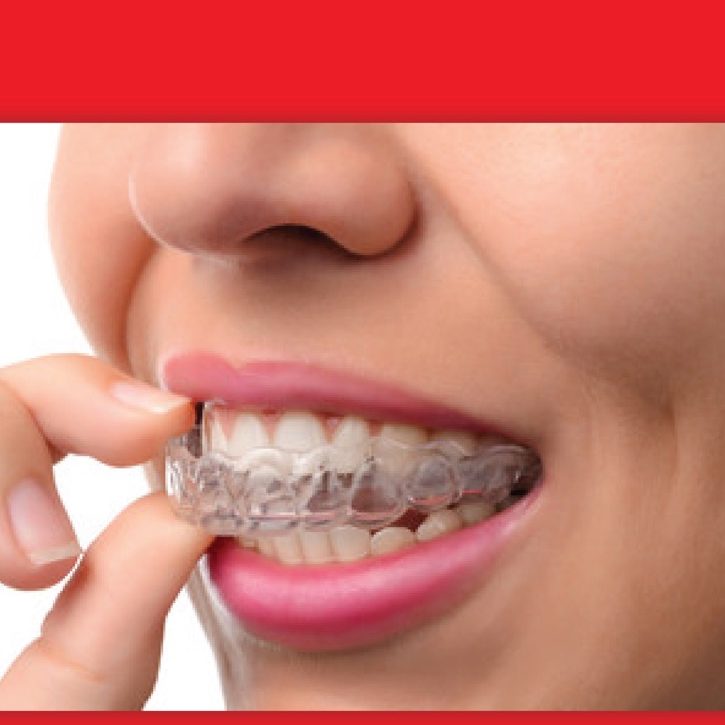
✩ They are virtually invisible, making them a great option for adults who may feel self-conscious about wearing braces.
Clear aligners are removable, making it easier to eat, brush, and floss.
✩ They require fewer visits to the dentist compared to traditional braces.
Other Orthodontic Appliances
In addition to braces and clear aligners, our dental team may recommend other orthodontic appliances, such as headgear or rubber bands. These appliances are used in conjunction with braces or clear aligners to help move teeth into the correct position. Some of the benefits of other orthodontic appliances include:
✩Other orthodontic appliances can be highly effective for treating more complex cases of misalignment.
They can help to speed up the treatment process.
✩ Other orthodontic appliances can help to achieve optimal results.
Orthognathic Surgery
Surgical procedures may be necessary in some cases to correct severe bite alignment issues. For example, orthognathic surgery is a type of surgery that is used to correct abnormalities in the jaws. This procedure may be recommended if the bite alignment issues are causing problems with speech, eating, or breathing.
In addition to these procedures, there are also other treatments that can help to correct bite alignment issues. For example, dental bonding or contouring can be used to reshape the teeth and improve their alignment. In some cases, a combination of treatments may be recommended to achieve the desired result.
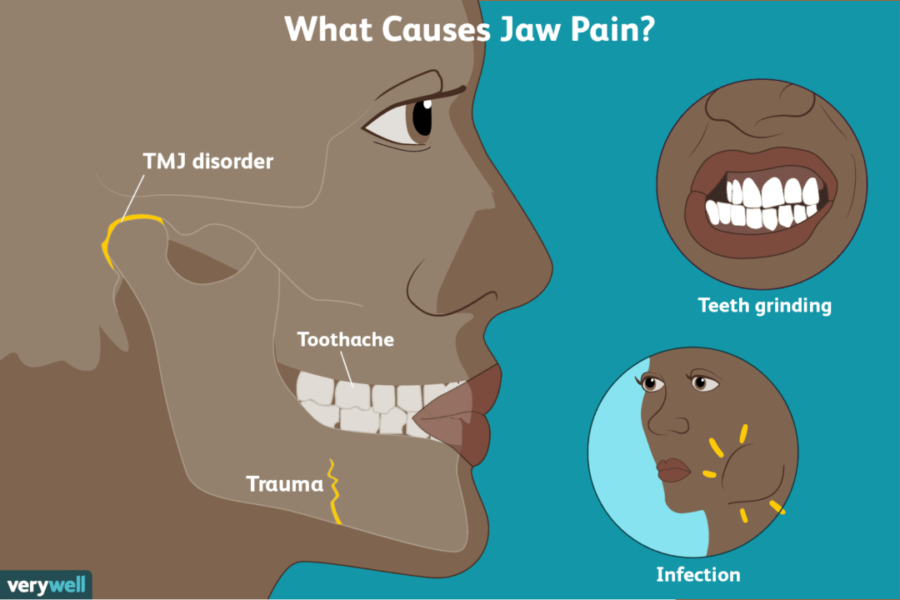
If you are considering bite alignment procedures, it’s important to consult with a dentist or orthodontist who can recommend the best treatment options for your specific needs. They can evaluate your teeth and jaws and recommend a treatment plan that is tailored to your individual needs and goals.
Benefits of Bite Alignment Procedures
Reduced Jaw Pain: Proper bite alignment can alleviate jaw pain and discomfort, which can be caused by a misaligned bite.
Reduced Headaches: A misaligned bite can cause headaches and migraines. By aligning the bite, these headaches can be reduced or eliminated.
Better Oral Health: Proper bite alignment can reduce the risk of tooth decay, gum disease, and other oral health problems. When the teeth are properly aligned, they are easier to clean, reducing the buildup of plaque and bacteria.
Improved Chewing: A misaligned bite can make it difficult to chew food properly. By aligning the bite, chewing can become easier and more effective.
Improved Speech: A misaligned bite can cause speech problems, such as lisping. Proper alignment can improve speech and pronunciation.
Improved Appearance: Properly aligned teeth can improve the appearance of the smile, boosting self-confidence and self-esteem.
Reduced Risk of TMJ Disorders: A misaligned bite can put stress on the jaw joint, leading to TMJ disorders. Proper alignment can reduce this stress and lower the risk of TMJ disorders.
Preparing for Bite Alignment Procedure – What to Expect?
Preparing for your bite alignment procedure is an important step towards achieving the best possible outcome. At Royal Dental Clinics, we believe that informed patients are empowered patients, so here’s what you can expect when preparing for your bite alignment procedure:
Initial Consultation: The first step is to schedule an initial consultation with one of our dental professionals. During this appointment, we will assess your bite and determine if bite alignment is necessary.
Treatment Plan: If bite alignment is recommended, we will develop a treatment plan tailored to your individual needs. This may include orthodontic treatment, such as braces or clear aligners, or other interventions, such as bite splints.
Pre-Treatment Evaluation: Before your bite alignment procedure, we will conduct a comprehensive evaluation to assess the current state of your oral health. This may include taking X-rays or impressions of your teeth.
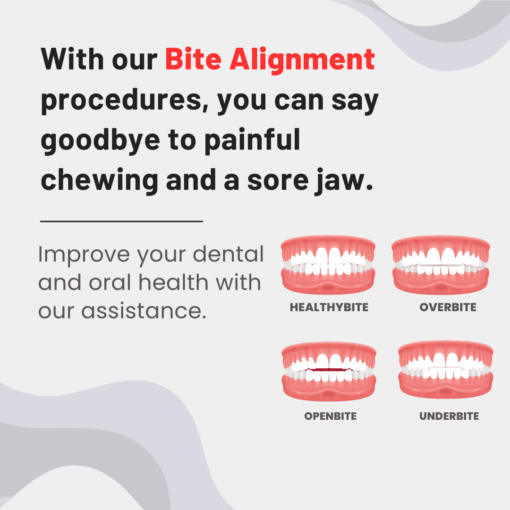
Oral Health Maintenance: It’s important to maintain good oral hygiene before and after your procedure to ensure the best possible outcome. Brush and floss regularly, and schedule regular cleanings with your dentist to keep your teeth and gums healthy.
Procedure Day: On the day of your bite alignment procedure, our team will walk you through the process and answer any questions you may have. Depending on the type of procedure, you may need to wear braces, aligners, or a bite splint for a certain period of time.
Post-Treatment Care: After your procedure, we will provide instructions on how to care for your teeth and mouth, as well as how to manage any discomfort you may experience. We will also schedule follow-up appointments to monitor your progress and make any necessary adjustments to your treatment plan.
Conclusion
At Royal Dental Clinics, our goal is to help you achieve optimal oral health and a beautiful, confident smile. If you’re considering a bite alignment procedure, we encourage you to schedule a consultation with one of our experienced dental professionals to learn more about your options and what to expect.
Bite alignment procedures offer a range of benefits, including improved oral health, better chewing, and a more beautiful smile. If you’re experiencing painful chewing or a sore jaw due to misaligned teeth, Royal Dental Clinics can help. Our team of dental professionals will work with you to develop a personalized treatment plan that meets your specific needs and goals. Say goodbye to painful chewing and a sore jaw and hello to a healthier, happier smile with our bite alignment procedures.


